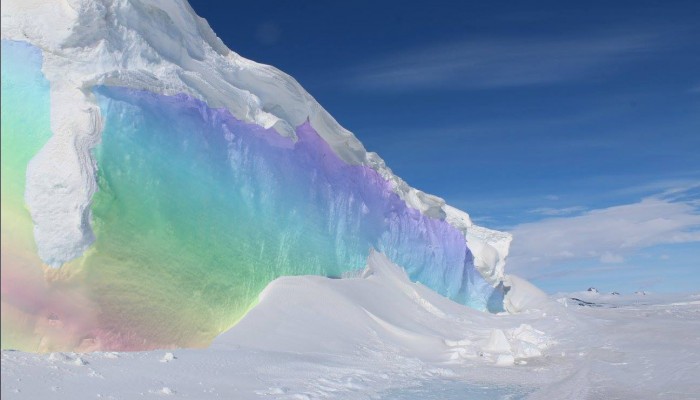
A few weeks ago, we focussed our image of the week on very particular parts of Antarctica, which display blue ice at the surface.
Today we would like to put the spotlight on an even more extreme chromatic phenomenon : the Fyndið ísjaki Brandari (should be pronounced “/fɪːntɪð/ˈiːsjacɪ /ˈprantaːrɪ/“, even though a bit of phonetics never hurt anyone, for the sake of simplicity this phenomenon will be referred to as the FIB).
Despite our poor understanding of the FIB, this phenomenon has been recognised since ancient times. According to Icelandic folklore, FIB has been observed in remote regions at the centre of ice sheets and ice caps for many hundreds of years and was originally thought to indicate a unicorn breeding ground. However, recent studies have begun to find a more scientific explanation for this truly wonderful phenomenon.
Dr Joe Kerr, the world specialist of FIB, told us that the presented picture was an exceptional shot because colour changes, known as Layered Ice Extraordinaire (LIE), are aligned with isochronic layers, indicating a time-dependant source for the changes in colour. He even concluded that this specific FIB shows indications of originating from ice which has travelled to Iceland from tropical regions, although more thorough dating (using a new mobile software package known as TINDER) of the layering must take place to confirm this.
On the other hand, Prof Han-Ki Ding, a competitor for the title of FIB world specialist, also inspected the picture and does not agree with his colleague Joe Kerr. Han-Ki Ding, hypothesises that the thick layer of white snow on top of the coloured layers is indicative of ice of a polar origin. He even added that the snow layer that is sagging on the left part of the image provides further evidence. Recordings of a high pitched noise, know as an “ice scream“, were made when the snow collapsed into its current position. Careful analysis showed that in this particular case the collapse emitted a “coo kiedough” ice scream – indicative of ice originating at high latitudes.
Of course we could further discuss the connection between the FIB and unicorn breeding grounds but then our story would not be plausible anymore, and you might realise that today is April Fools Day… Anyway we thank you – the readers – for wasting a few minutes of your time reading this entirely uninformative post and we hope it made you smile in the process 🙂
Edited by Emma Smith and Nanna Karlsson

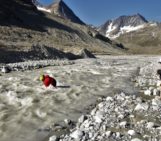
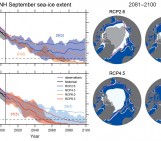
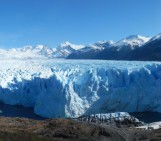
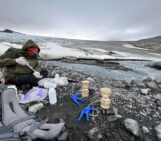
Pingback: GeoLog | Looking back at the EGU Blogs in 2016: a competition